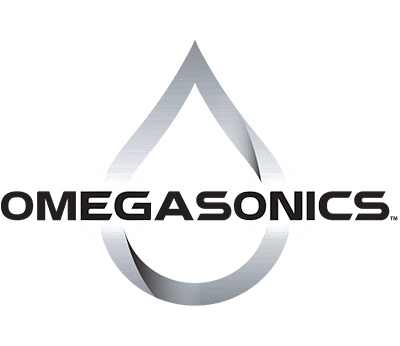The use of 3D printers is expanding within and across many industries. Creative applications for 3D printing technology are being unveiled each and every day by firms in the manufacturing, architecture and defense sectors.
The medical industry in particular is experiencing a kind of revolution in the way it has embraced the technology and put it to use in surgical procedures. And, key to its successful application has been the accompanying use of industrial ultrasonic cleaning systems and safe cleaning detergents.
Medical centers across the world are embracing 3D printers as a means to make models of patient organs and joints in advance of performing surgical procedures.
Unlike ultrasound images that are grainy and flat, the 3D printed models provide doctors with a 360-degree picture, enabling them to study the unique characteristics of an individual patient’s body part in order to determine the best way to proceed with a surgery.
Printed models are even assisting with the creation of prosthetic devices and are increasingly being used as educational tools that can help patients understand what their doctors plan to do.
However, there is an inherent challenge for health centers that produce these 3D models. Because of the intricacies of the parts and organs being replicated and the critical need for absolute precision, the process for preserving the build material and removing the delicate support material must be both gentle and thorough. At the same time, it must be safe for the individuals charged with producing the printed models.
Getting educated about the ultrasonic cleaning process
A few years ago GoEngineer, a premier reseller of Stratasys 3D printers, approached Omegasonics, a global manufacturer of ultrasonic cleaning systems, to get some hands-on experience with ultrasonic cleaning technology because many of its Stratasys customers either needed or were using their systems.
“We knew of Omegasonics and were aware of their systems as many of our customers use them, but we didn’t have any personal experience ourselves,” said Josh Zuniga at GoEngineer, “We purchased a tank and with Omegasonics’ guidance, we learned firsthand about the system’s benefits.”
“NOW, WE OFTENTIMES RECOMMEND THAT COMPANIES UTILIZE THEIR ULTRASONIC CLEANING MACHINES TO REMOVE SUPPORT MATERIAL.”

The ultrasonic cleaning process is initiated by generators that produce high frequency electricity. This electricity is then converted into sounds waves through a transducer, which makes the waves vibrate.
As the waves travel through water, tiny vacuum bubbles form, and repeatedly implode upon any surface they encounter, gently but thoroughly removing dirt, grease, contaminants – even the delicate support material that permeates small, intricate 3D medical molds. In addition, the units are easy to use and setup – and no training is required.
The dilemma: cleaning 3-D medical molds thoroughly, yet safely
One of the medical centers that GoEngineer sold a 3D printer that presented them with a specific challenge – safely removing the support material from fragile 3D printed models. The medical center’s primary concern was the toxicity of the chemical they were using in their cleaning process. Prior to being mixed with water, the harsh powder released toxic dust particles in the air, causing a real health hazard for staff members – something that was of great concern to the medical center’s safety director. Before installing a costly eye wash station to protect employees from injury, the healthcare facility contacted GoEngineer to find out if it had any other options.
GoEngineer contacted Omegasonics about the medical center’s safety issue regarding toxic solvents. Even though Omegasonics ultrasonic cleaning systems only use EPA-approved biodegradable, water-based solutions that reduce the use of toxic solvents – in this case, the toxic solvents needed to be eliminated altogether.
Omegasonics developed CleanMor 706, a new cleaning detergent effective at removing delicate support material from pieces produced by 3D printers utilizing 706 material. The non-hazmat detergent speeds up the process of removing delicate support material by a factor of 500%.
“With the development of CleanMor 706, operators simply mix the liquid detergent with water in their ultrasonic tank and it will quickly dissolve the support material,” stated Joe Gilbert, Vice President of Sales at Omegasonics, “It’s truly a game changer and the perfect solution for medical applications requiring 3D prints involving 706 material. Plus, the detergent does not discolor the piece or dry it out.”

The future of 3D printing in medicine is bright, thanks to ultrasonic technology
With its safety concerns successfully addressed, the medical center added an ultrasonic cleaning system to its 3D laboratory which opened in January, and has been successfully and safely producing precise 3D models that are assisting with various surgical procedures – even the separation of conjoined twins.
3D printing is yet another way to answer the increasing demand for personalized medical care. The technology helps reduce the duration of surgeries and helps doctors better assess risks of procedures and develop more precise pre-operative plans.
With the addition of an ultrasonic cleaning process and the availability of a non-hazmat detergent like CleanMor 706, health centers can confidently print these medical molds with greater precision, in a safe, toxin-free environment.
More information about Omegasonics is available here.
Never miss out on exclusive industry insight. Sign up to our free 3D printing industry newsletter and follow us on Twitter for instant news.
Featured image show Ultrasonic cleaning harnesses the power of bubbles to delicately clean parts.
